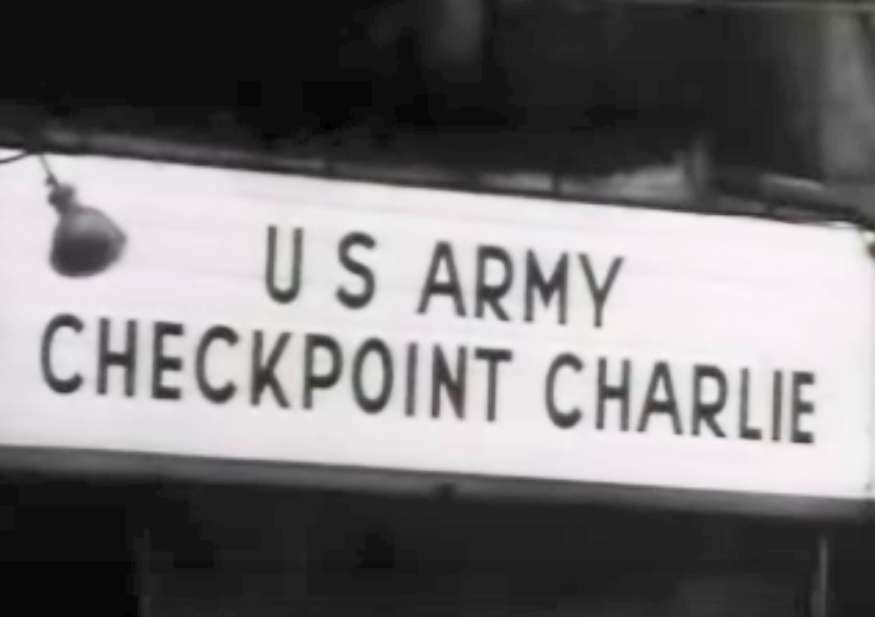World Trouble Spots: The Berlin Wall
Add to Favorites:
Add all page(s) of this document to activity:

At the end of World War II, Germany was divided into zones of occupation controlled by the Allied Powers: the United States, Great Britain, France, and the Soviet Union. The city of Berlin – nestled inside the Soviet zone of occupation – was divided into sectors, each controlled by a separate Allied Power. As tensions grew between the Soviet-controlled East and Western-controlled West, the boundaries became more defined.
Construction of the Berlin Wall began in August 1961. At midnight on August 12, 1961, the police and East German army began to close the border and by August 13, the border with West Berlin was closed. East Germans could no longer travel or emigrate to West Germany. Berlin went from being the easiest place to make an unauthorized crossing between East and West Germany to being the most difficult. Families were split and East Berliners employed in the West were cut off from their jobs.
This video clip comes from the film World Trouble Spots. It shows Checkpoint Charlie, a Berlin Wall crossing point; and refugees emigrating from the East to the West before the wall, and attempting to cross the border after its construction. The end of the video touches on the demilitarized zone at the 38th parallel in Korea.
World Trouble Spots is part of The Big Picture documentary television series that was produced by the United States Army Signal Corps.
Construction of the Berlin Wall began in August 1961. At midnight on August 12, 1961, the police and East German army began to close the border and by August 13, the border with West Berlin was closed. East Germans could no longer travel or emigrate to West Germany. Berlin went from being the easiest place to make an unauthorized crossing between East and West Germany to being the most difficult. Families were split and East Berliners employed in the West were cut off from their jobs.
This video clip comes from the film World Trouble Spots. It shows Checkpoint Charlie, a Berlin Wall crossing point; and refugees emigrating from the East to the West before the wall, and attempting to cross the border after its construction. The end of the video touches on the demilitarized zone at the 38th parallel in Korea.
World Trouble Spots is part of The Big Picture documentary television series that was produced by the United States Army Signal Corps.
This primary source comes from the Records of the Office of the Chief Signal Officer.
National Archives Identifier: 2569843
Full Citation: Motion Picture 111-TV-645; World Trouble Spots; Motion Picture Films From "The Big Picture" Television Program Series, ca. 1950 - ca. 1975; Records of the Office of the Chief Signal Officer, Record Group 111; National Archives at College Park, College Park, MD. [Online Version, https://docsteach.org/documents/document/world-trouble-spots-berlin, April 28, 2024]Rights: Copyright Not Evaluated Learn more on our privacy and legal page.
